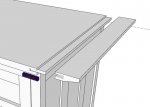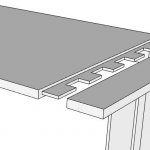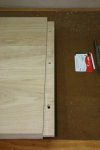Greg Karnow
Member
- Messages
- 2
What are the guidelines for determining the depth and width of a mortise and tenon for a breadboard end on a table? Or is it arbitrary?
Thanks!
Sent from my SM-G928V using Tapatalk
Thanks!
Sent from my SM-G928V using Tapatalk



